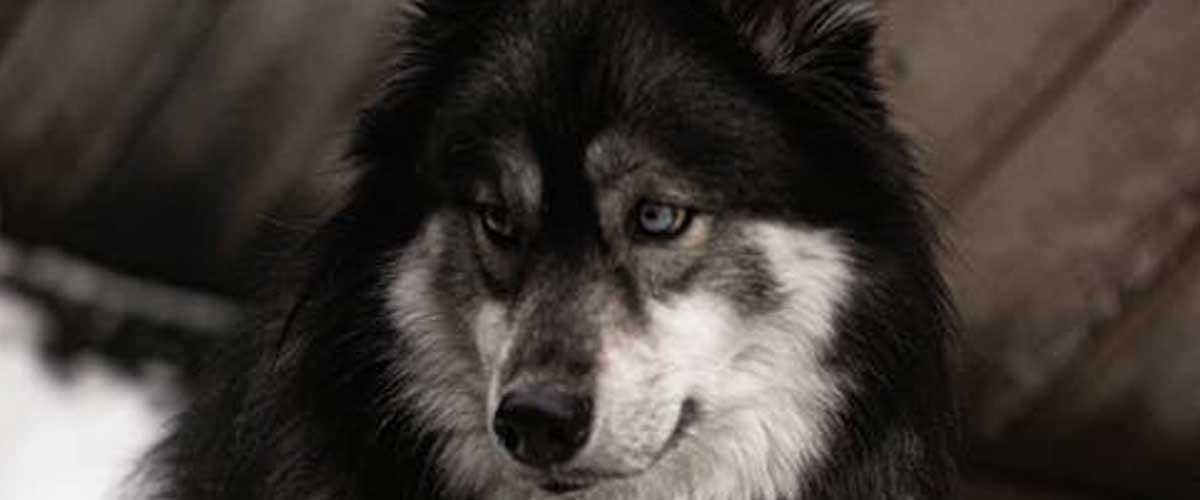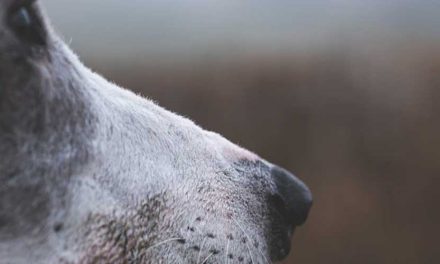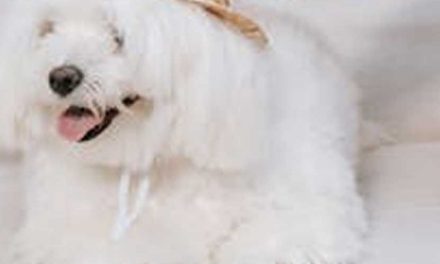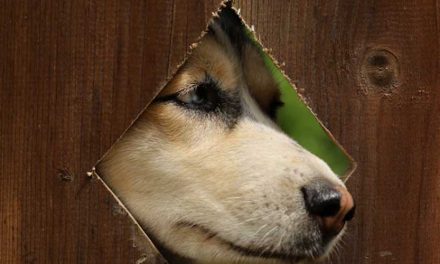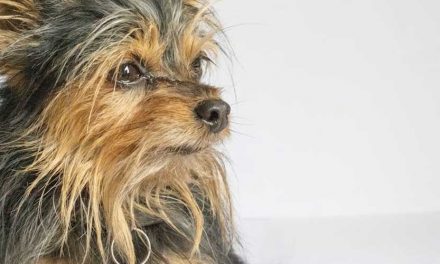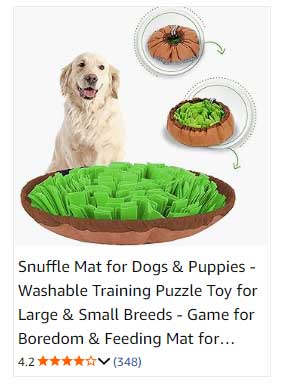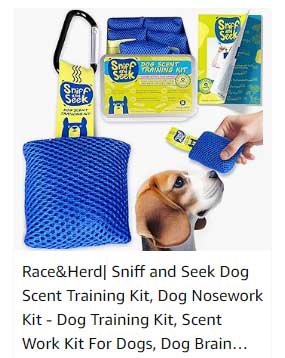The Swedish Elkhound, also known as the Swedish Moose Dog, is a remarkable breed known for its keen hunting abilities, strong work ethic, and friendly demeanor.
Originating from Sweden, this dog has a rich history as a versatile hunting companion, particularly prized for its skills in tracking and baying moose.
With its enduring spirit and steadfast loyalty, the Swedish Elkhound has also made a name for itself as a devoted family pet.
History and Origins
The Swedish Elkhound’s roots can be traced back several centuries, with ancestors believed to have accompanied the Vikings on their expeditions.
These dogs were selected for their ability to hunt large game, particularly moose, in the vast Scandinavian forests.
Over time, the breed has been refined to enhance its hunting prowess, resulting in a well-rounded dog that excels in various roles.
As a breed recognized by the Swedish Kennel Club in the early 20th century, the Swedish Elkhound has remained relatively rare outside of its native country.
The breed is characterized by its striking appearance, including a robust, agile frame and a thick double coat that protects it from harsh weather conditions.
Physical Characteristics
The Swedish Elkhound is a medium-sized dog, typically weighing between 40 to 60 pounds and standing about 20 to 24 inches tall at the shoulder.
The breed has a strong, muscular build with a broad head, erect ears, and a distinctive curled tail that resembles that of a fox.
Its coat is dense and straight, commonly found in shades of gray, black, or tan, with a lighter undercoat that provides insulation.
One of the most notable features of the Swedish Elkhound is its expressive eyes, reflecting its intelligent and alert nature.
This breed’s physical appearance, combined with its athletic abilities, makes it well-suited for a variety of outdoor activities.
Temperament and Personality
Known for their friendly and affectionate disposition, Swedish Elkhounds are natural companions.
They are highly social dogs that typically get along well with children and other pets, particularly when properly socialized from a young age.
Their loyalty to their families is unwavering, and they often form strong bonds with their human counterparts.
Despite their gentle nature, Swedish Elkhounds possess a strong prey drive, stemming from their hunting background.
This means that they may chase after smaller animals if not adequately trained and supervised.
They are also known for their alertness, making them excellent watchdogs who will protect their home and family.
Training and Care
Training a Swedish Elkhound requires consistency, patience, and positive reinforcement techniques.
These dogs are intelligent and eager to please, but they can also exhibit a stubborn streak.
Engaging them in obedience training, as well as providing mental stimulation through activities like agility or scent work, can prevent boredom and undesirable behaviors.
In terms of care, Swedish Elkhounds require regular exercise to keep them physically fit and mentally stimulated.
Daily walks, playtime, and opportunities to run in a secure area are essential.
Their thick double coat sheds seasonally, so regular brushing is necessary to manage loose hair and minimize matting.
Health Considerations
Overall, the Swedish Elkhound is a robust breed with a lifespan of approximately 12 to 15 years.
However, like all breeds, they can be prone to certain health issues, such as hip dysplasia and eye disorders.
Regular veterinary check-ups and a balanced diet can help ensure a long, healthy life for these wonderful dogs.
Conclusion
The Swedish Elkhound is a breed that embodies a perfect blend of strength, intelligence, and companionship.
Whether serving as a skilled hunting partner, an agile working dog, or a beloved family member, they excel in various roles, providing loyalty and joy to those who welcome them into their homes.
For anyone looking for a versatile and affectionate canine companion, the Swedish Elkhound may just be the ideal choice.

